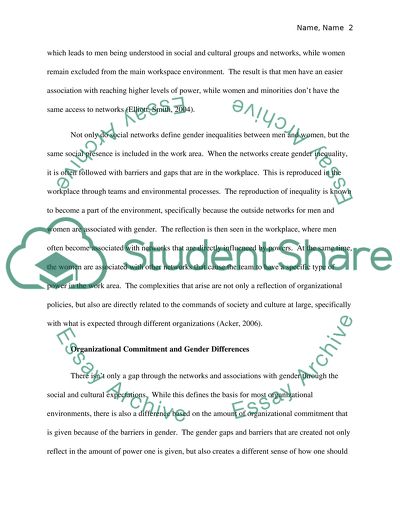Cite this document
(“Gender Differences/Favoritism Research Paper Example | Topics and Well Written Essays - 2250 words”, n.d.)
Gender Differences/Favoritism Research Paper Example | Topics and Well Written Essays - 2250 words. Retrieved from https://studentshare.org/miscellaneous/1569988-gender-differencesfavoritism
Gender Differences/Favoritism Research Paper Example | Topics and Well Written Essays - 2250 words. Retrieved from https://studentshare.org/miscellaneous/1569988-gender-differencesfavoritism
(Gender Differences/Favoritism Research Paper Example | Topics and Well Written Essays - 2250 Words)
Gender Differences/Favoritism Research Paper Example | Topics and Well Written Essays - 2250 Words. https://studentshare.org/miscellaneous/1569988-gender-differencesfavoritism.
Gender Differences/Favoritism Research Paper Example | Topics and Well Written Essays - 2250 Words. https://studentshare.org/miscellaneous/1569988-gender-differencesfavoritism.
“Gender Differences/Favoritism Research Paper Example | Topics and Well Written Essays - 2250 Words”, n.d. https://studentshare.org/miscellaneous/1569988-gender-differencesfavoritism.


